Health and Safety Training For Employees
Quantity: 1

Duration 3 hours
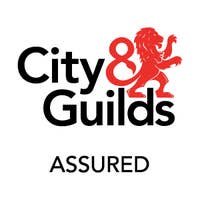
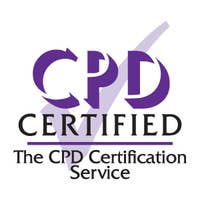
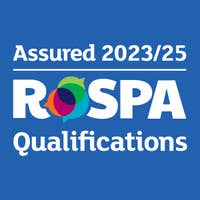

100% online training
Start when you like
Learn on any device (desktop, mobile or tablet)
Instant assessment and result
1 learner per course
Train teams of all sizes
Bulk discounts starting at 10% off 10 courses
Pay by invoice with 30 day payment terms available (5+ courses)
Includes a 10% discount for 10+ courses
A thorough understanding of health and safety is essential for every worker, regardless of job role and industry. This accredited Health and Safety For Employees course covers the most common health and safety topics that apply to all work environments. This includes the measures put in place to prevent and control these risks, and the responsibilities of employees to follow information and training to play their part in keeping themselves and others safe and healthy at work.
The course covers the most crucial aspects of health and safety that are present in every work environment, including display screen equipment (DSE), manual handling, work equipment, and fire and electrical safety. It also explains what is required for a safe work environment and to resolve problems at work, including what employees should do if they experience any issues.
100% online training
Access anywhere
Same day digital certificate
Printed certificate posted next working day
Full audio voiceover
Assessment retakes at no extra cost
Written in compliance with UK legislation and guidance
Developed by health and safety professionals
City & Guilds Assured
Accredited by CPD and assured by RoSPA Qualifications
Bulk discount for orders of 10+ courses
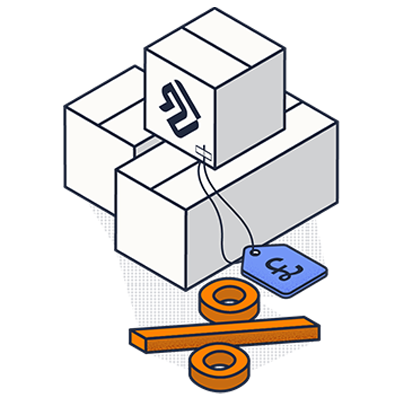
Save on our courses when you buy more training upfront. Lock in a better price now and access the training whenever you need to. You can mix and match any of our courses too and get the discount off your whole order.
10+ courses = 10% off
50+ courses = 20% off
100+ courses = 30% off
500+ courses = 40% off
Upon completion of the course, you will understand:

City & Guilds Assured
Thoroughly reviewed independently by City & Guilds learning and development experts, this course is approved as City & Guilds Assured. High Speed Training is the first e-learning provider to have online courses awarded City & Guilds Assured status.
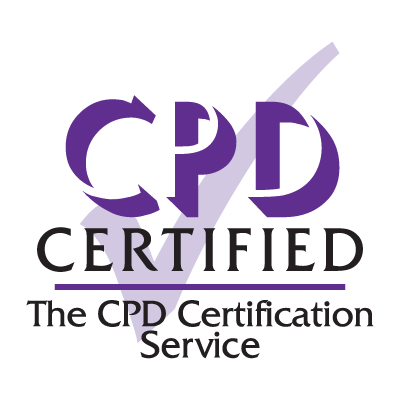
Accredited by CPD
All of our courses are accredited by the CPD Certification Service as conforming to universally accepted Continuing Professional Development (CPD) guidelines.
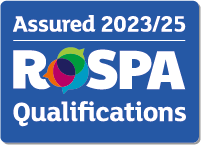
Assured by RoSPA Qualifications
This course is also assured by the Royal Society for the Prevention of Accidents through their RoSPA Qualifications Assurance System, as providing up-to-date, quality and content-approved training.
Recommended renewal:
1 year
What does this mean? This certificate does not have an expiry date, however, based on industry best practice guidelines there is a recommended renewal period.
Our in-house Learning Designers develop all of our courses to give you and your learners the most engaging training possible.
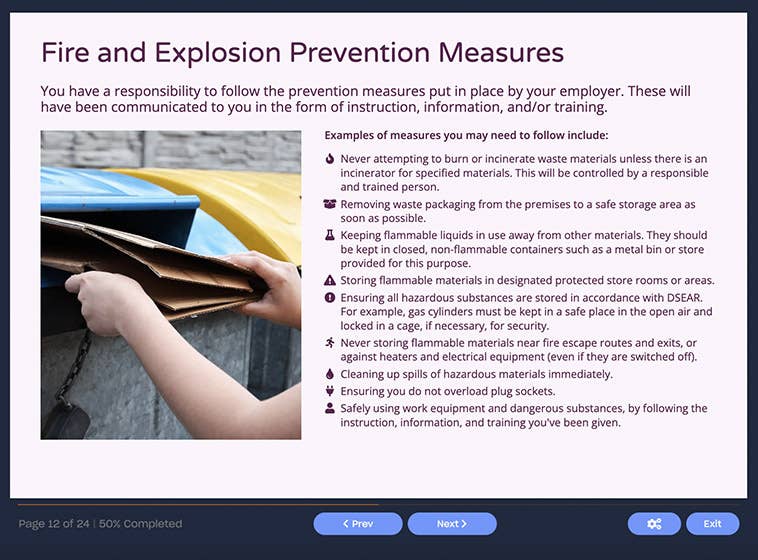
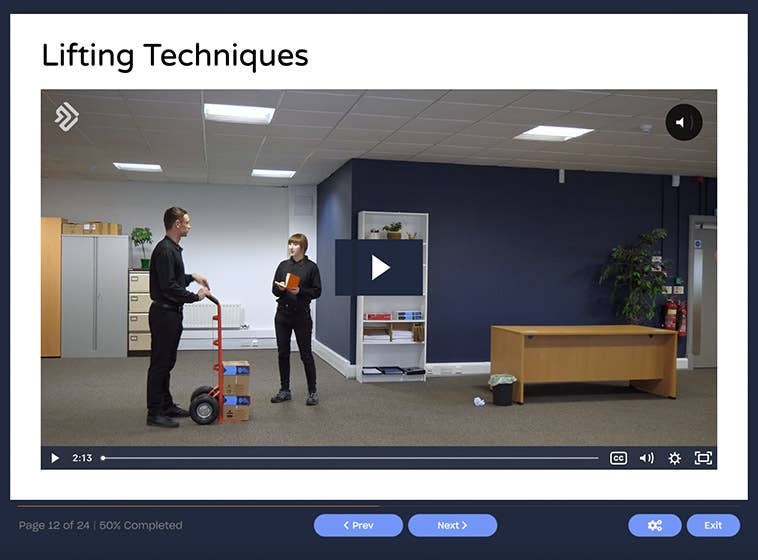
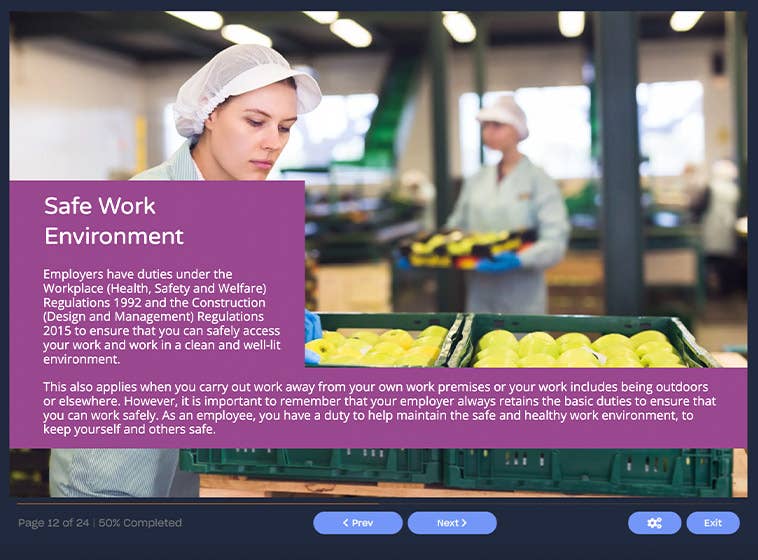
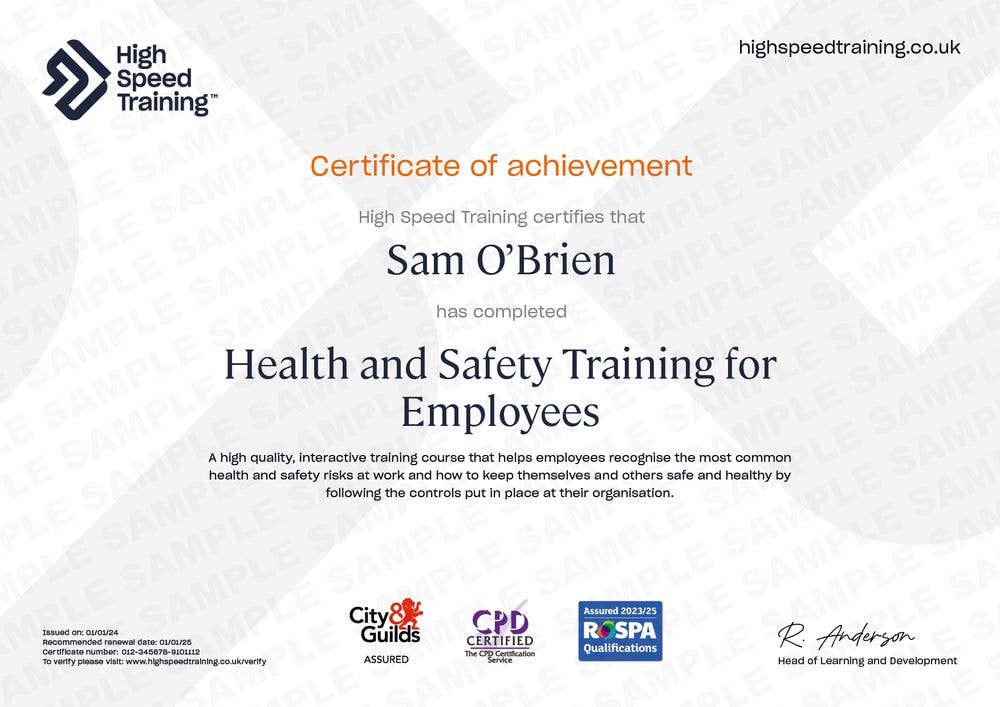




Why is health and safety at work important?, the main causes of ill health at work, the main causes of accidents at work, what are hazards and risks?, examples of health and safety hazards, the Health and Safety at Work etc. Act 1974, the Management of Health and Safety at Work Regulations 1999 (MHSWR), the Health and Safety Executive, what is a risk assessment?, the hierarchy of control, administrative controls - safe systems of work, and personal protective equipment.
Work Equipment: what is work equipment?, what is PUWER?, the main risks from work equipment, dangerous parts of machinery, pre-use checks and inspection of work equipment, the maintenance and use of work equipment, the safe use of work equipment, and mobile work equipment; Electrical Safety: why is electrical safety important?, causes of electrical accidents, safety risks posed by electricity, the Electricity at Work Regulations 1989, electrical precautions, specific electrical risks, and checks, inspections, and tests of equipment; Fires and Explosions: the fire triangle, fire risk assessments, the Dangerous Substances and Explosive Atmospheres Regulations (DSEAR) 2002, fire and explosion prevention measures, fire detection and alarm systems and fire doors, evacuation routes and evacuation procedures, and fire signs.
Hazardous Substances: where are hazardous substances used or found at work?, ill-health effects of hazardous substances, the Control of Substances Hazardous to Health Regulations 2002 (COSHH), other specific regulations for hazardous and dangerous substances, safety data sheets (SDSs), the GB Classification, Labelling, and Packaging Regulations (GB CLP), administrative controls for COSHH; Working at Height: what is work at height?, why is working at height safety important?, the Work at Height Regulations 2005, mobile towers, low level access platforms, mobile elevating work platforms (MEWPs), and ladders and stepladders.
Display Screen Equipment (DSE): what are the health risks of DSE work?, how to position DSE, DSE assessments, employee training for DSE use; Manual Handling: manual handling activities, injuries and health risks, the Manual Handling Operations Regulations 1992 (MHOR), avoiding and controlling the risks, LITE, safe manual handling techniques, pushing and pulling operations, lifting techniques, and team handling.
Noise: noise at work, health and safety risks, the Control of Noise at Work Regulations 2005, the hierarchy of control, personal protective equipment (PPE) and hearing protection zones, types of hearing protection, employee responsibilities; Vibration: vibration at work, ill health from vibration, the Control of Vibration at Work Regulations 2005, the hierarchy of control, employee responsibilities; Vehicle Safety: legal duties, description of vehicles and transport at work, vehicle health and safety risks, and safe use of vehicles.
Safe Work Environment: what is a safe work environment?, housekeeping and cleanliness, welfare provision, slips, trips, and falls on the same level, causes of slips, trips, and falls on the same level, preventing slips, trips, and falls on the same level, first aid, the Health and Safety (First-Aid) Regulations 1981, first aid safety signs; Resolving Problems at Work: work-related stress, drugs and alcohol, information, advice, and help for employees, and work-related conflict and violence.
The online assessment is taken on completion of the training material. You will be asked 20 multiple choice questions with a pass mark of 80%. The answers are marked automatically so that you’ll instantly know whether you passed. If you don't pass don't worry! You can take the test as many times as you need with no extra charge.
Workers in all work environments and industries are required to take health and safety training to ensure that they keep themselves, and those they work with, safe.
This course is designed for workers of all abilities and in all environments, including those who work in construction, education, offices, and hospitality. It covers the most common and most serious health and safety topics that are present in all of these environments.
If you work in a low-risk environment and have never undertaken health and safety training before, then the Basic Health & Safety course provides an induction that may be more suitable for your needs.
If you are a manager or supervisor, then the Health & Safety For Managers course is recommended for your role instead.
This certified online training is ideal for people working in positions such as, but not limited to:
Working remotely? Our Health & Safety For Home Workers training is specifically designed for remote working in the home.

In partnership with
Neil Murray
Health and Safety Consultant
Neil Murray is a vastly experienced and highly qualified health and safety professional who has held roles such as Senior Health and Safety Executive inspector, and Principal Inspector for Channel Tunnel construction. He has also held senior roles in an international infrastructure business, a major UK water utility company and a major construction group and provided management consultancy to numerous companies across a wide range of industries.
Neil has a wide expertise in many sectors, including construction, civil engineering, manufacturing engineering, water and waste utilities, education, heritage sites, public safety, rail construction and operation, transport, marine, waste management, engineering design and industrial and facilities management services.
Neil is a QSA auditor for RoSPA and also an author of published guidance on health and safety in the construction of the Channel Tunnel, work at height, major project management, and online training courses.
Yes, our Health and Safety for Employees course can act as evidence of industry-related training for accreditation applications, such as CHAS. It covers the requirements of Health and Safety at Work etc Act 1974 and various health and safety-related regulations, which will help you understand how to fulfil the legal duties they set out. Knowledge of these topics form part of the training requirements set out by accreditation assessment bodies, so you must be able to demonstrate evidence of compliance in order for your application to be successful. Our course will contribute to the evidence you must provide during your application, to show that you have received the relevant training.
Please note that it will be down to each individual accreditation body to decide if our courses are sufficient for the training requirements of your specific business. This evidence only forms one part of your overall application process. It is up to you to prove you are fulfilling your legal duties and to supply sufficient evidence for everything the accrediting body requires in order for your application to be successful.
Yes - upon completion of your training you'll be able to download a PDF copy of your certificate immediately whilst your formal certificate will be sent by post the next working day.
No. Whilst the knowledge gained from this course will be useful when taking our Health & Safety For Managers course it is not required that this course is taken beforehand.